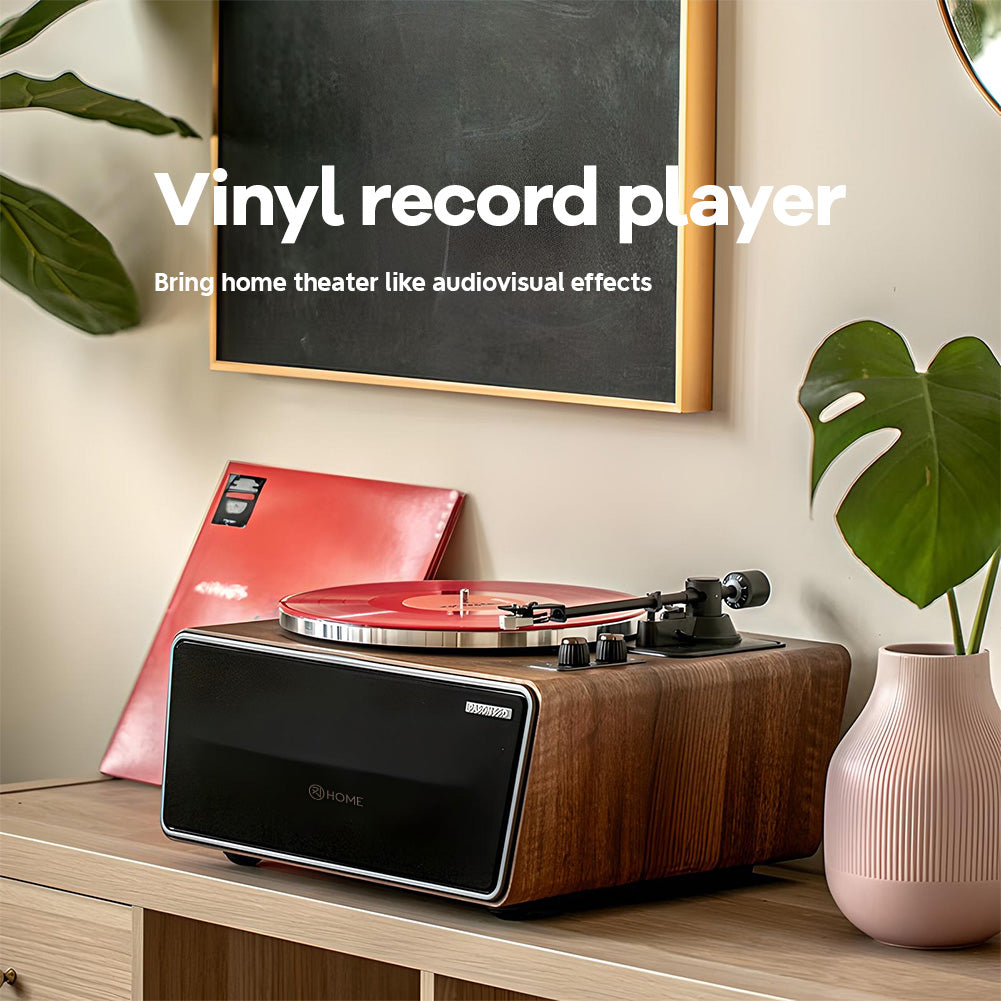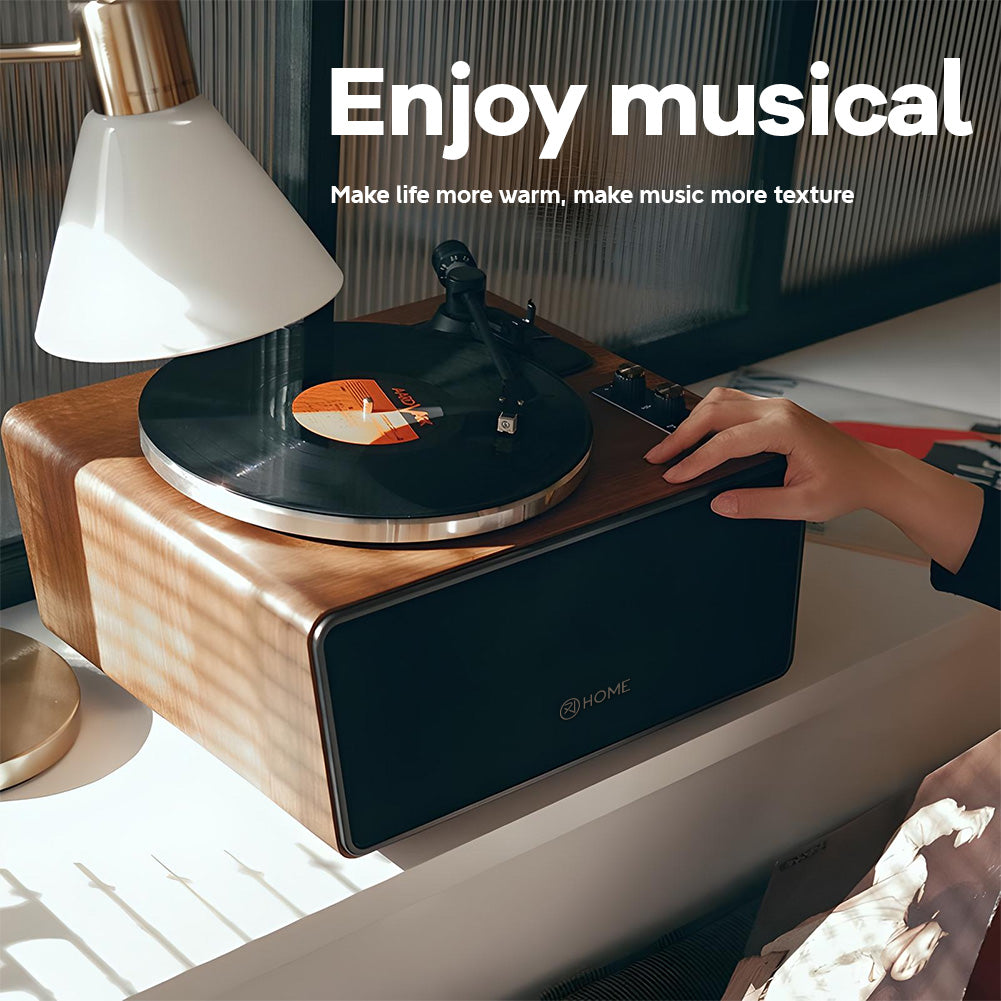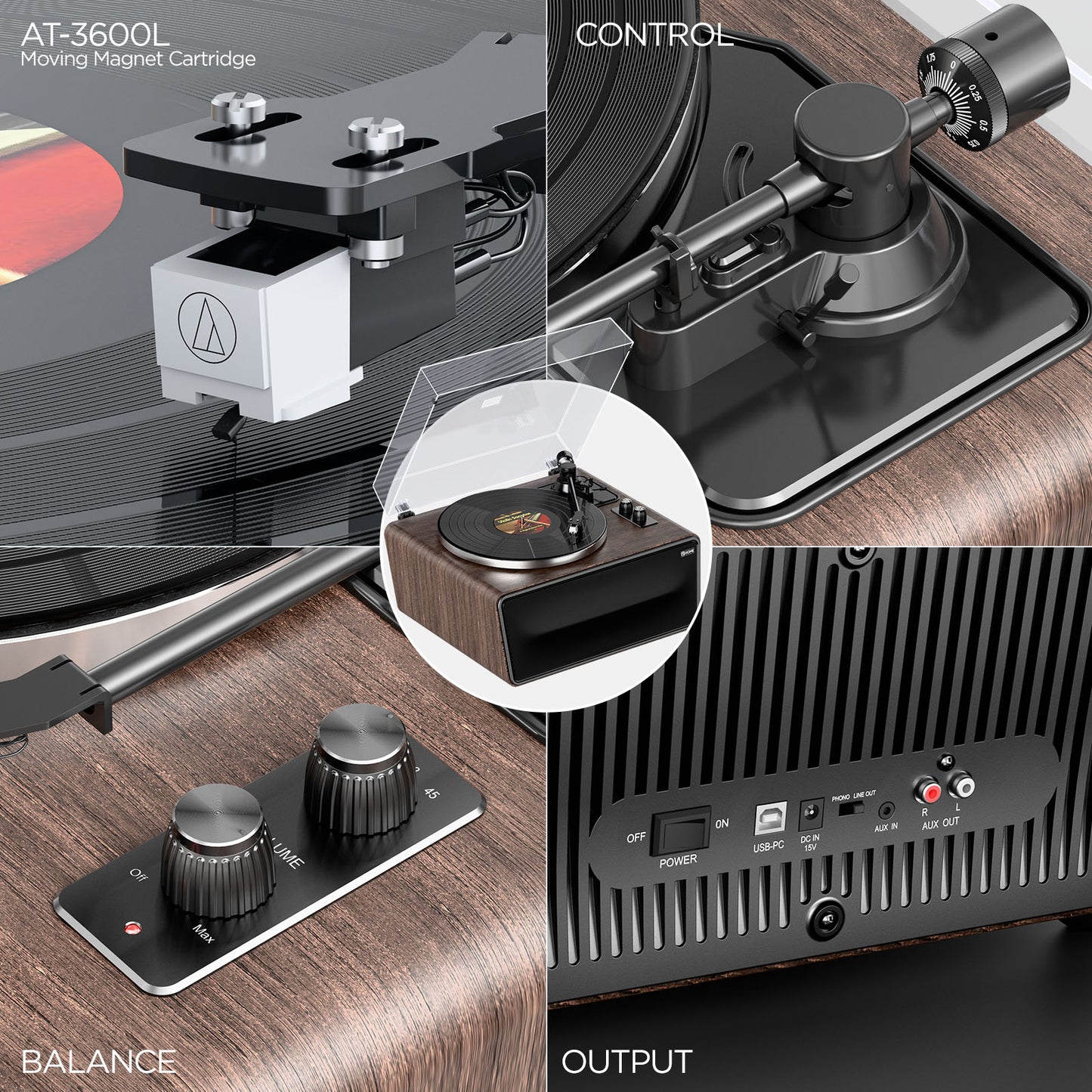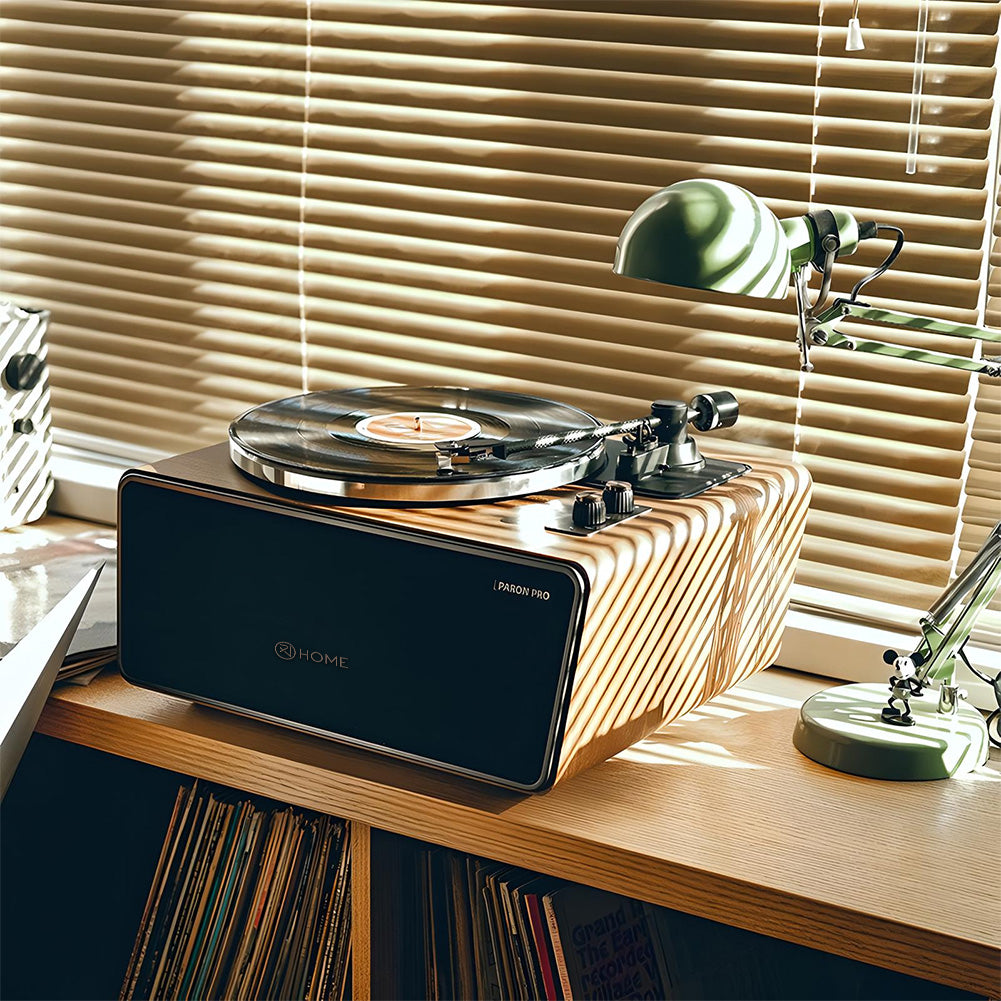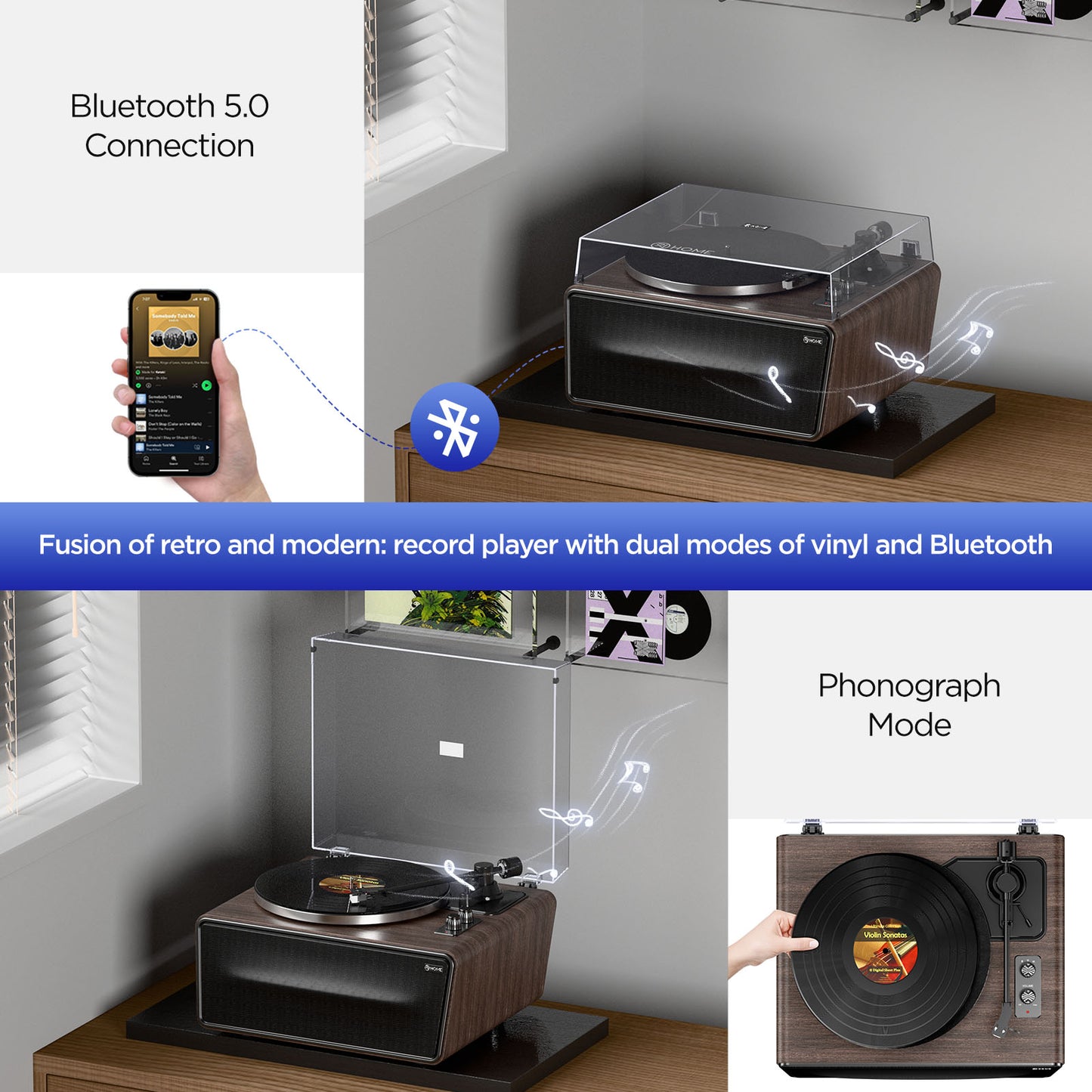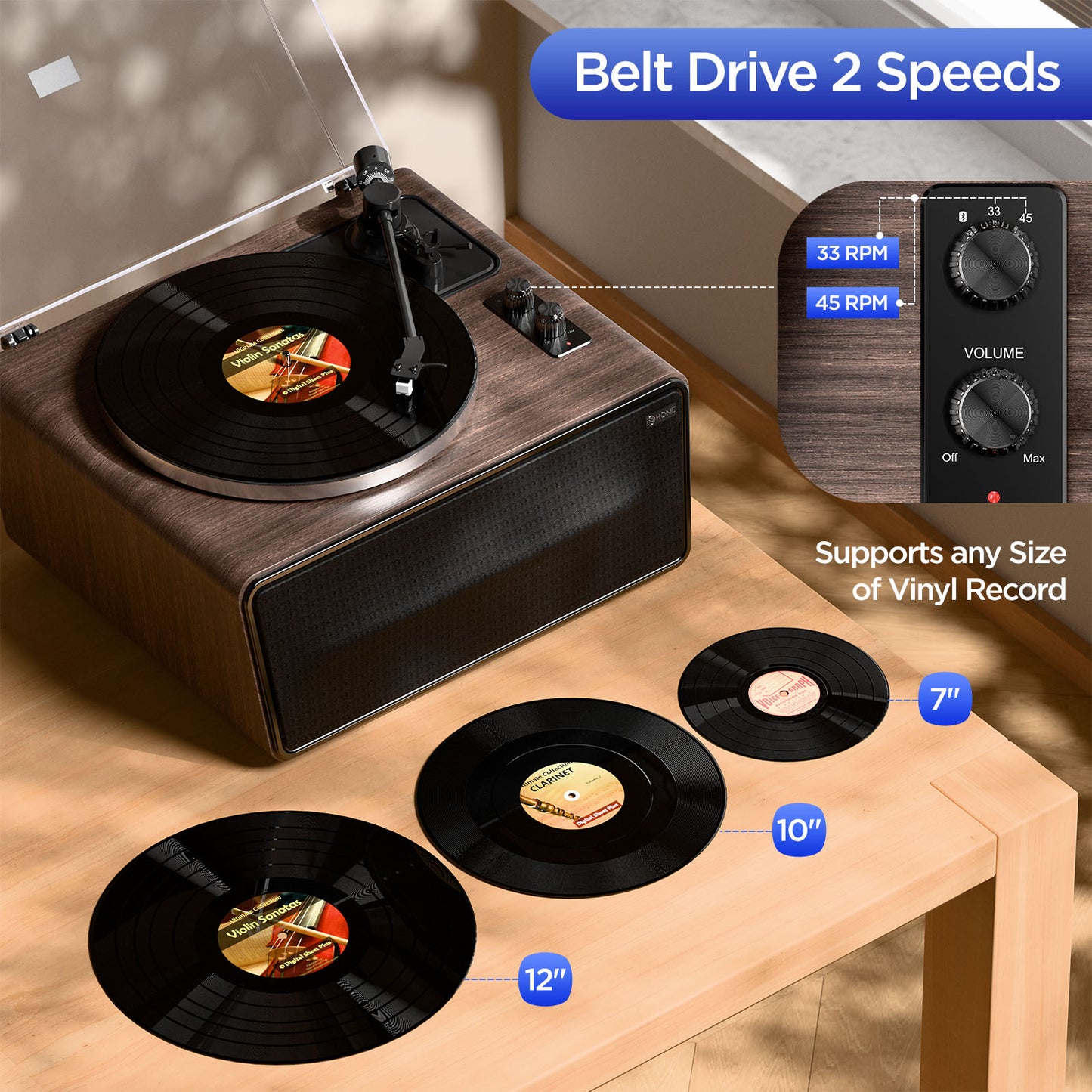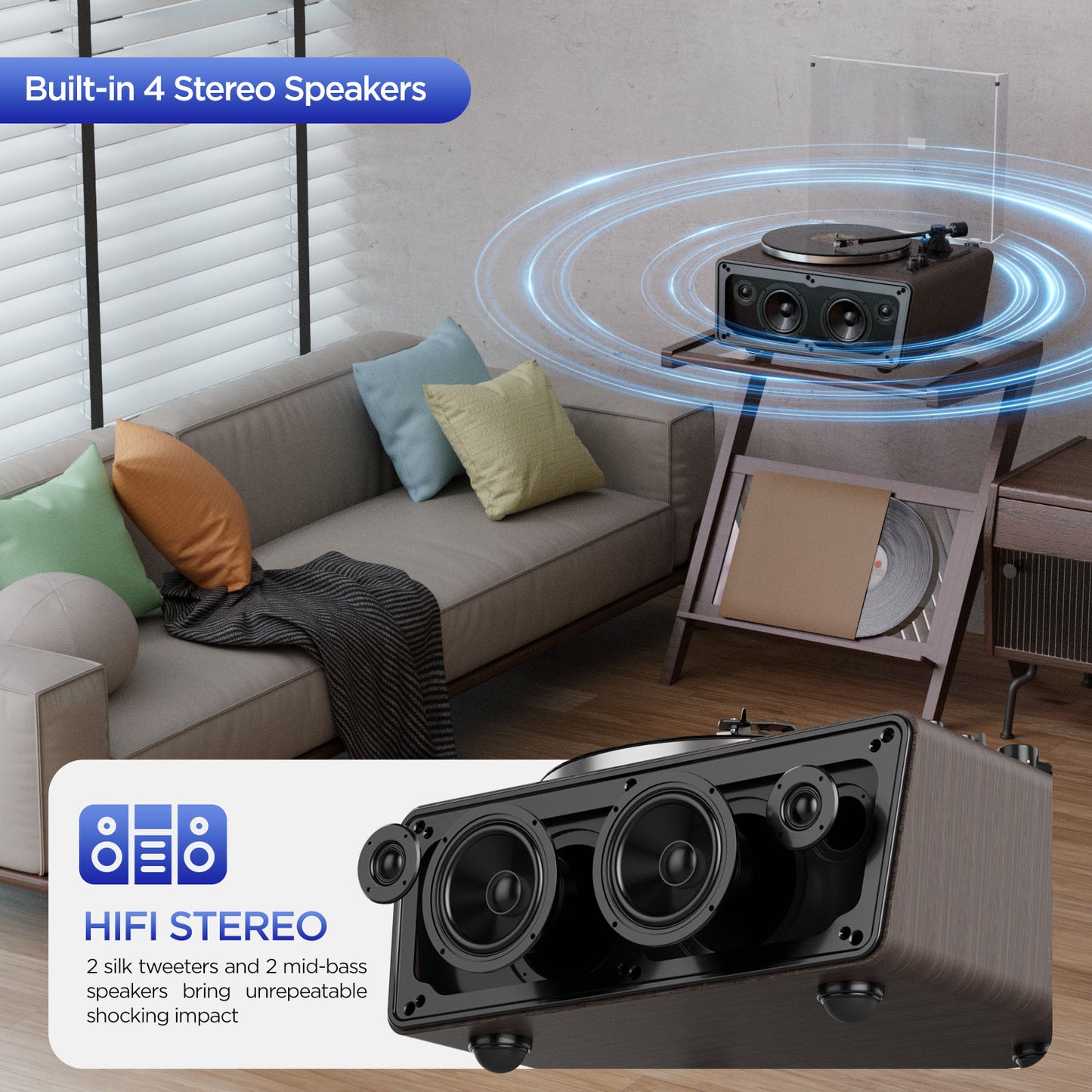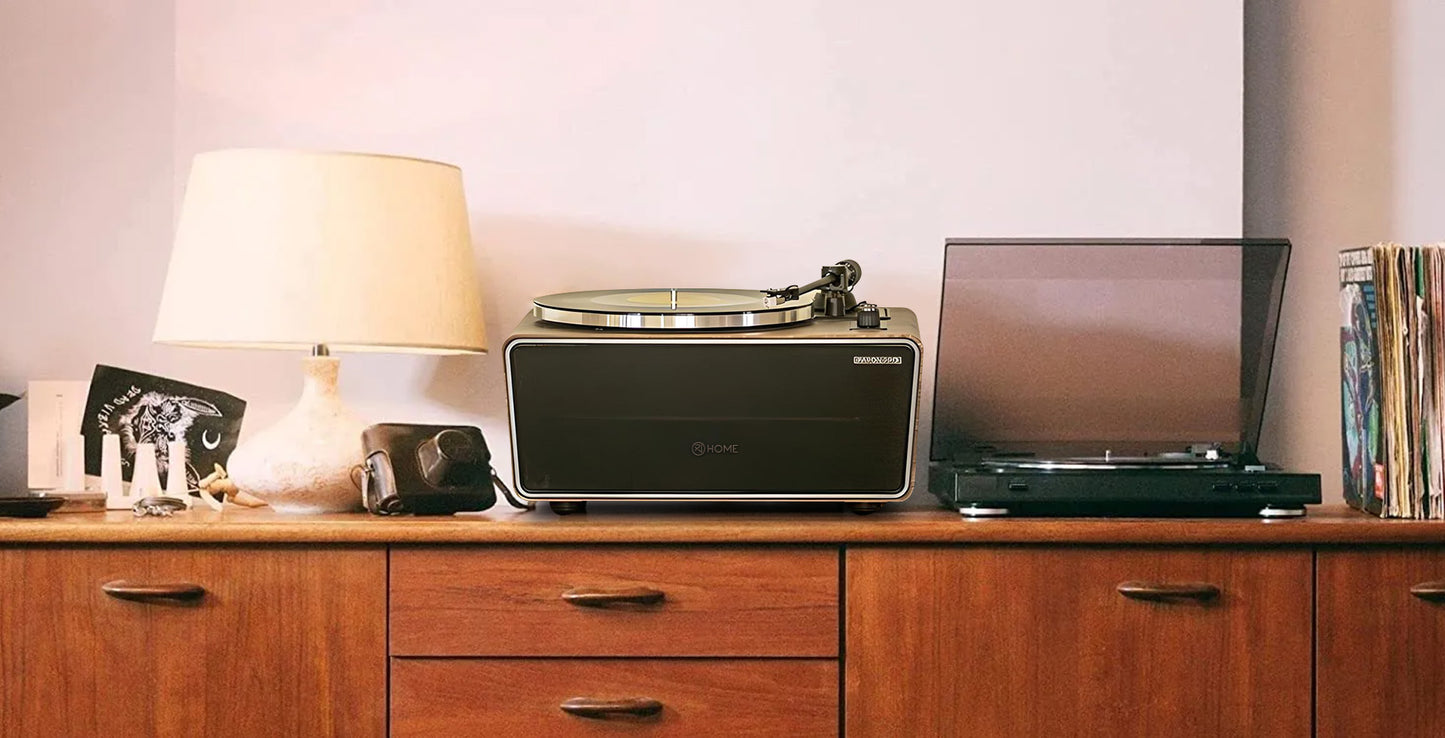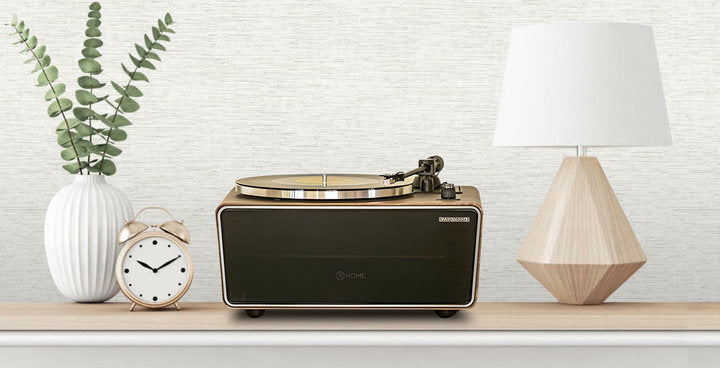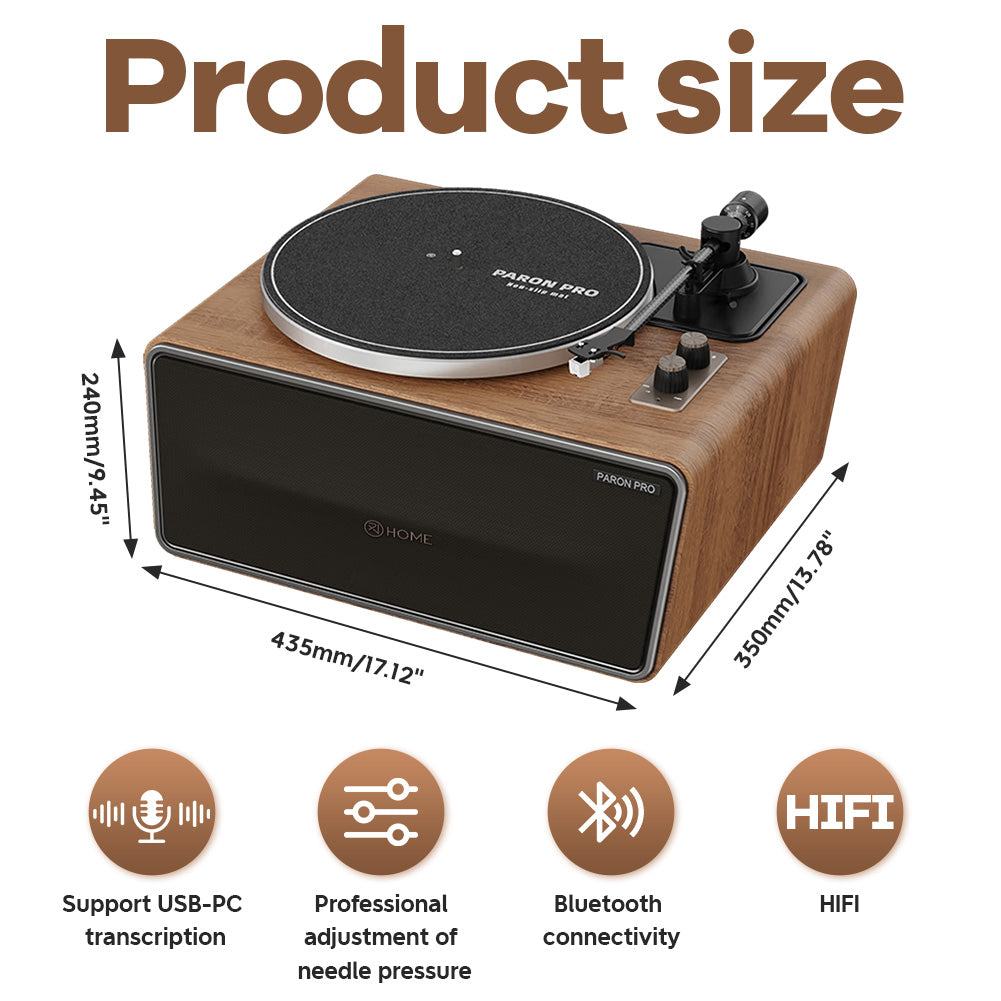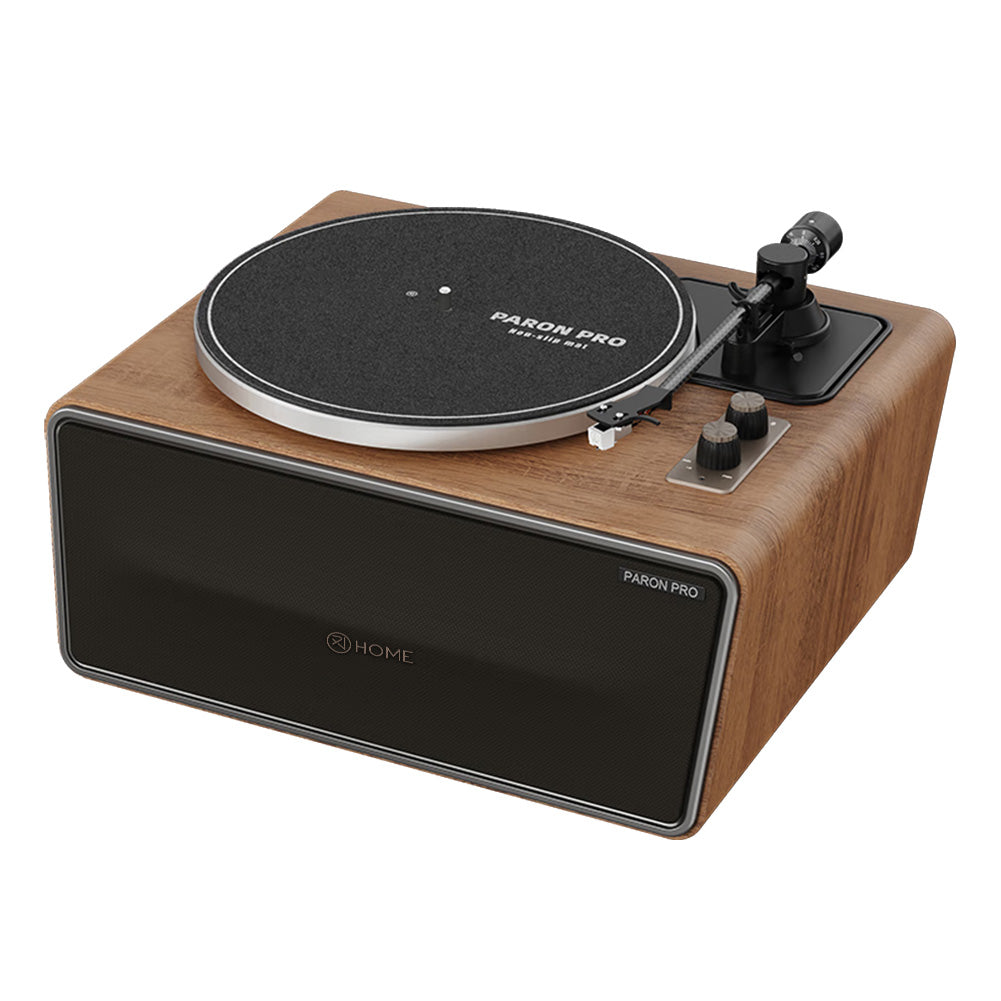
How to Avoid Damaging Your Vinyl Records While Playing
Share
Vinyl records offer a uniquely rich listening experience, but they are delicate physical media. Unlike digital files, LPs are susceptible to wear and damage with every single play. Protecting your investment and preserving that warm analog sound requires mindful handling and proper equipment setup, especially during the crucial moments before, during, and after playback. Avoiding damage isn't about complex rituals, but rather cultivating consistent, careful habits grounded in understanding how records work and what harms them.

The journey to safe playback begins before the needle even touches the groove. Always handle your records by the edges and the label area only. Your fingertips contain natural oils and microscopic dirt particles that readily transfer to the vinyl surface. These contaminants attract dust and grime, which then get ground into the grooves by the stylus, acting like sandpaper on a microscopic level. This not only degrades sound quality, creating pops and clicks, but also causes irreversible physical wear to the groove walls. Ensure your hands are clean and dry before touching any record.
Your turntable setup is paramount. A level turntable ensures the tonearm tracks correctly across the record. An uneven surface can cause the stylus to favor one side of the groove, leading to uneven wear and potentially affecting the stereo balance. Equally critical are the tracking force and anti-skate settings. Tracking force, the downward pressure exerted by the stylus, must be set according to the cartridge manufacturer's recommendation. Too little force can cause the stylus to mistrack or "bounce" in the groove, damaging both the record and the stylus tip. Too much force accelerates groove wear significantly. Anti-skate counteracts the natural inward pull on the tonearm as the record spins. Incorrect anti-skate also leads to uneven pressure on the groove walls, causing premature wear on one channel. Consulting your turntable and cartridge manuals is essential for proper setup, and resources like online turntable setup guides can offer visual assistance.
The stylus itself requires attention. A clean stylus is crucial for both sound quality and record preservation. Dust and debris collected by the stylus during play can form a hardened crust around the diamond tip. This accumulated grime not only distorts the sound but also acts as an abrasive agent, carving away at the delicate groove modulations. Use a dedicated stylus brush, gently brushing from back to front (never side to side or front to back), before or after each play session. Some users opt for specialized stylus cleaning fluids, but always follow the manufacturer's instructions carefully.
Static electricity is another persistent enemy of vinyl. A static charge on the record surface acts like a magnet for airborne dust particles, pulling them onto the playing surface right before the stylus arrives. Using an anti-static record brush immediately before each play can help neutralize the charge and lift away loose surface dust. Storing records in anti-static inner sleeves is also highly recommended. In dry environments, sometimes increasing room humidity slightly can help reduce static buildup.
How you lower the needle onto the record matters immensely. Always use the turntable's cueing lever. This mechanism allows for a slow, controlled descent of the stylus into the lead-in groove. Dropping the needle manually, even if you think you're being gentle, risks bouncing the stylus across the grooves or landing too heavily, potentially chipping the stylus or scratching the record surface. Patience with the cueing lever prevents costly accidents.
Finally, once playback is finished, don't leave the record sitting on the platter. Immediately lift the tonearm using the cueing lever, return the record to its anti-static inner sleeve, and place it back into its outer jacket for vertical storage. Leaving records exposed collects dust and increases the risk of accidental scratches or spills.
Protecting your vinyl records during playback boils down to minimizing physical contact, reducing contaminants like dust and oil, and ensuring your equipment is correctly calibrated. By incorporating these careful practices into your listening routine, you can significantly extend the life of your cherished records and continue enjoying their unparalleled sound for years to come.


